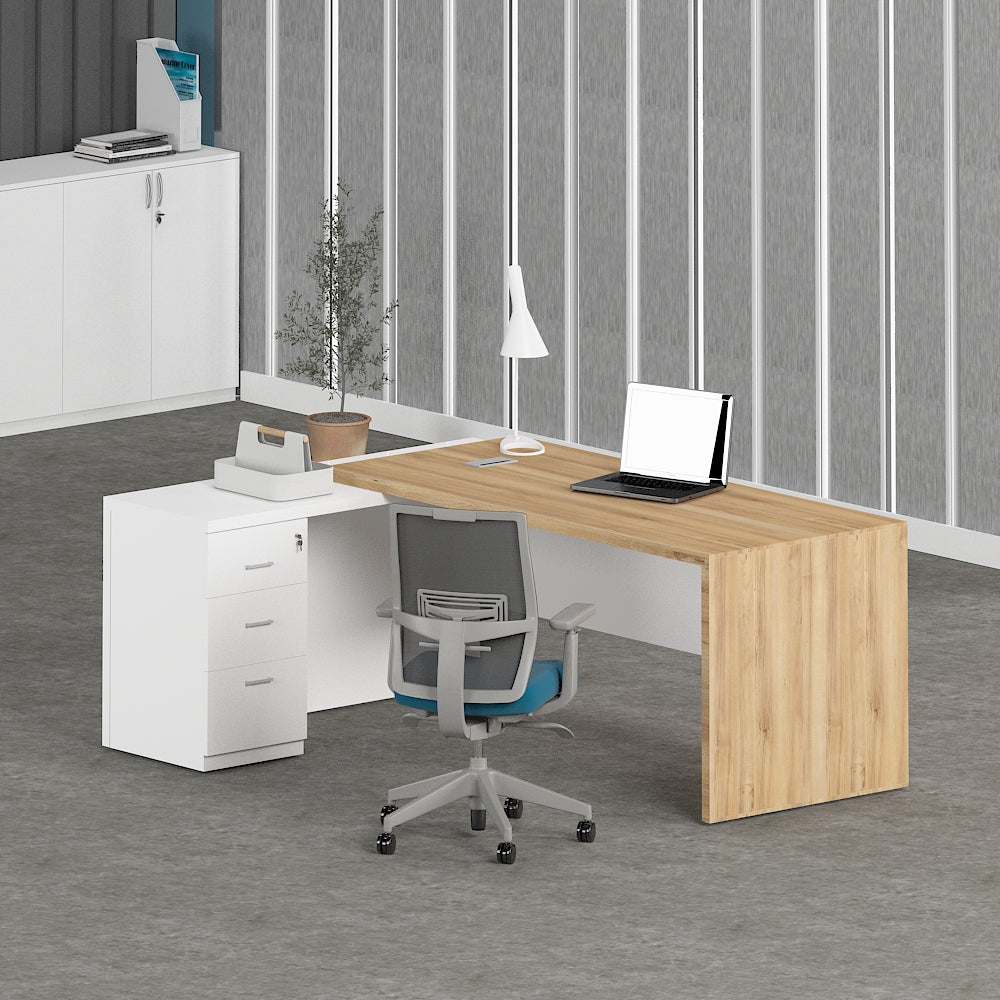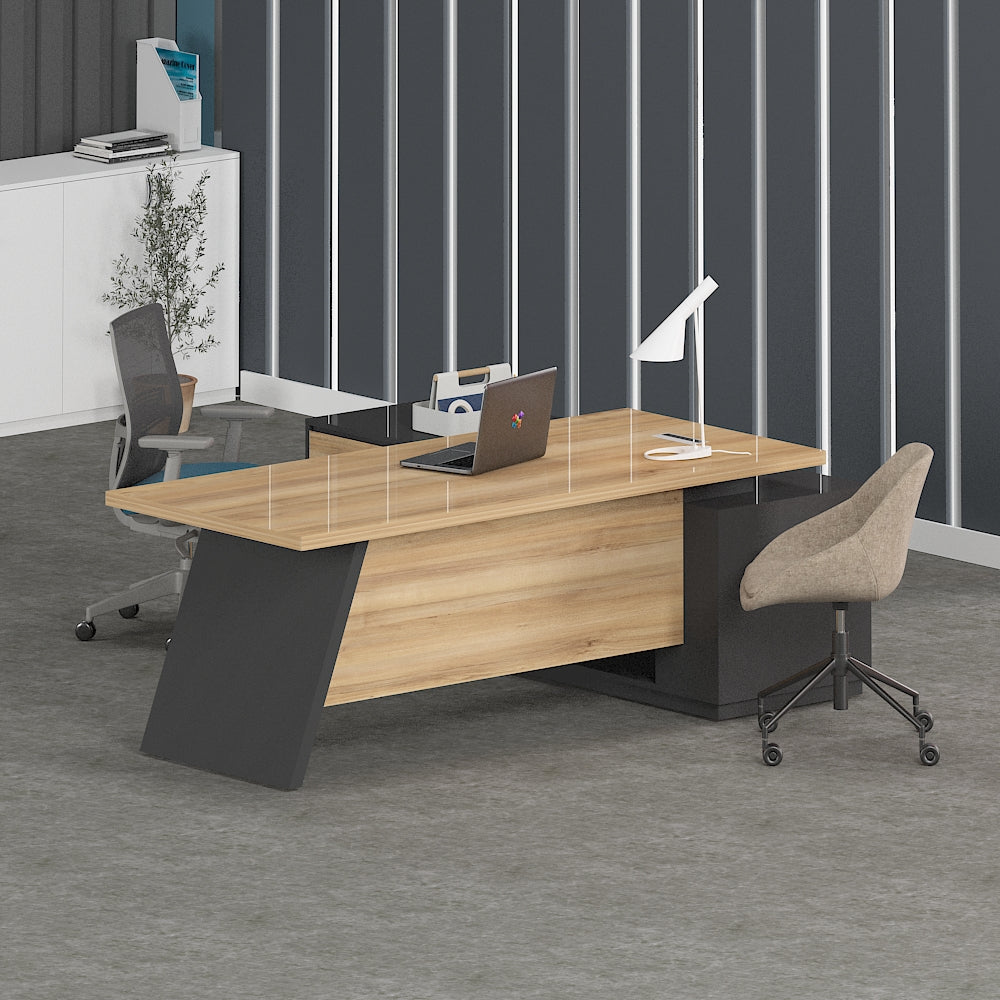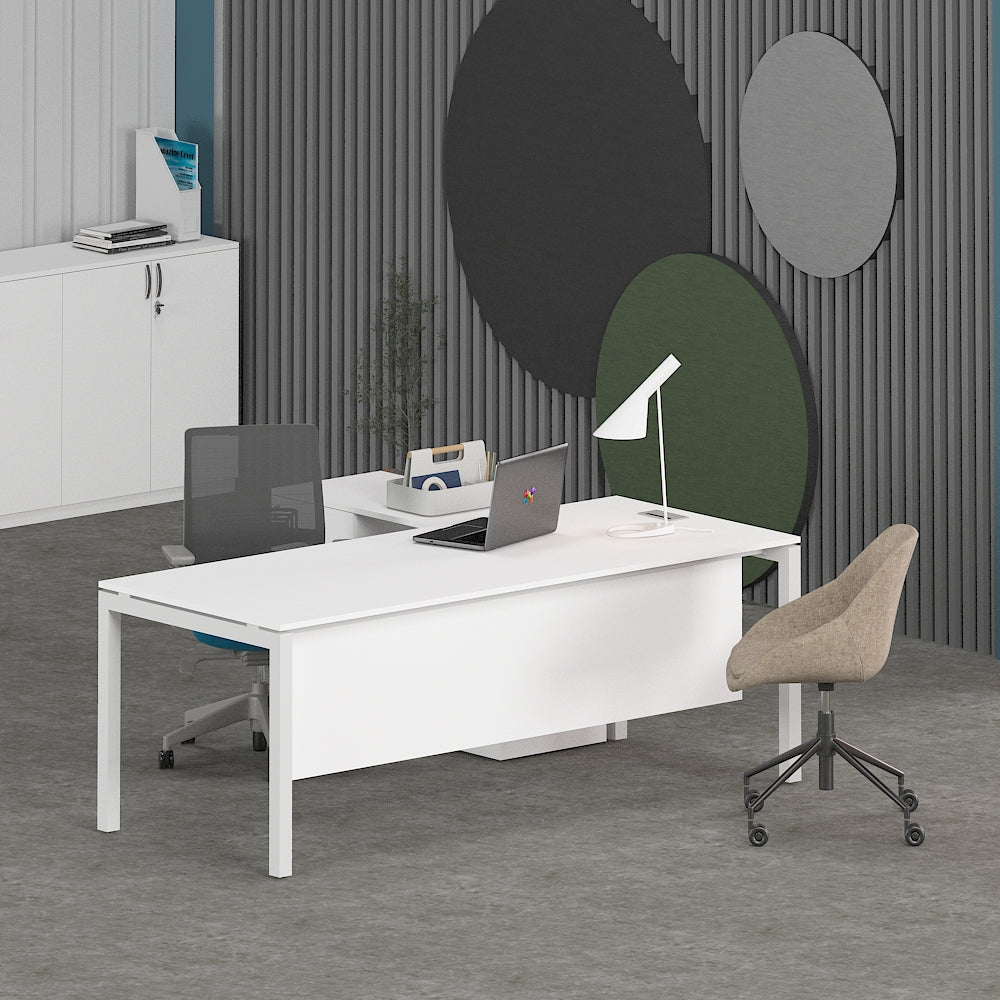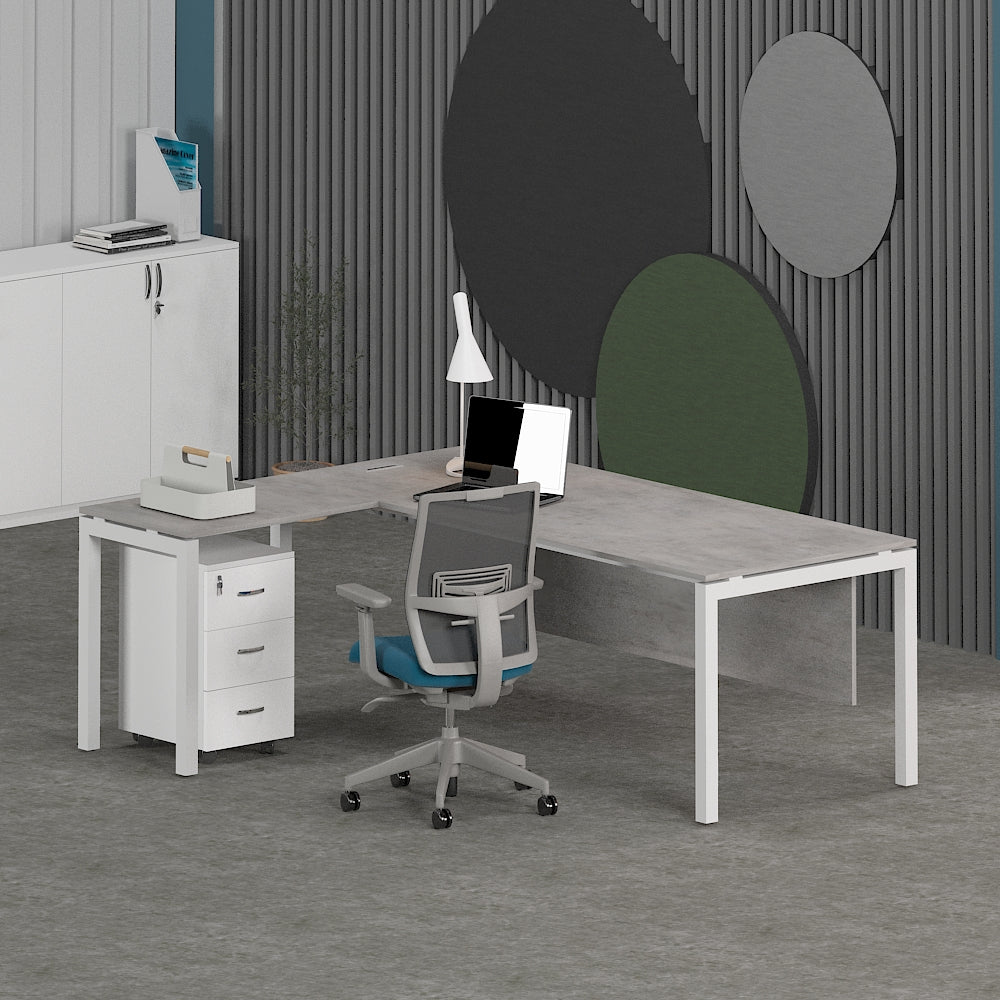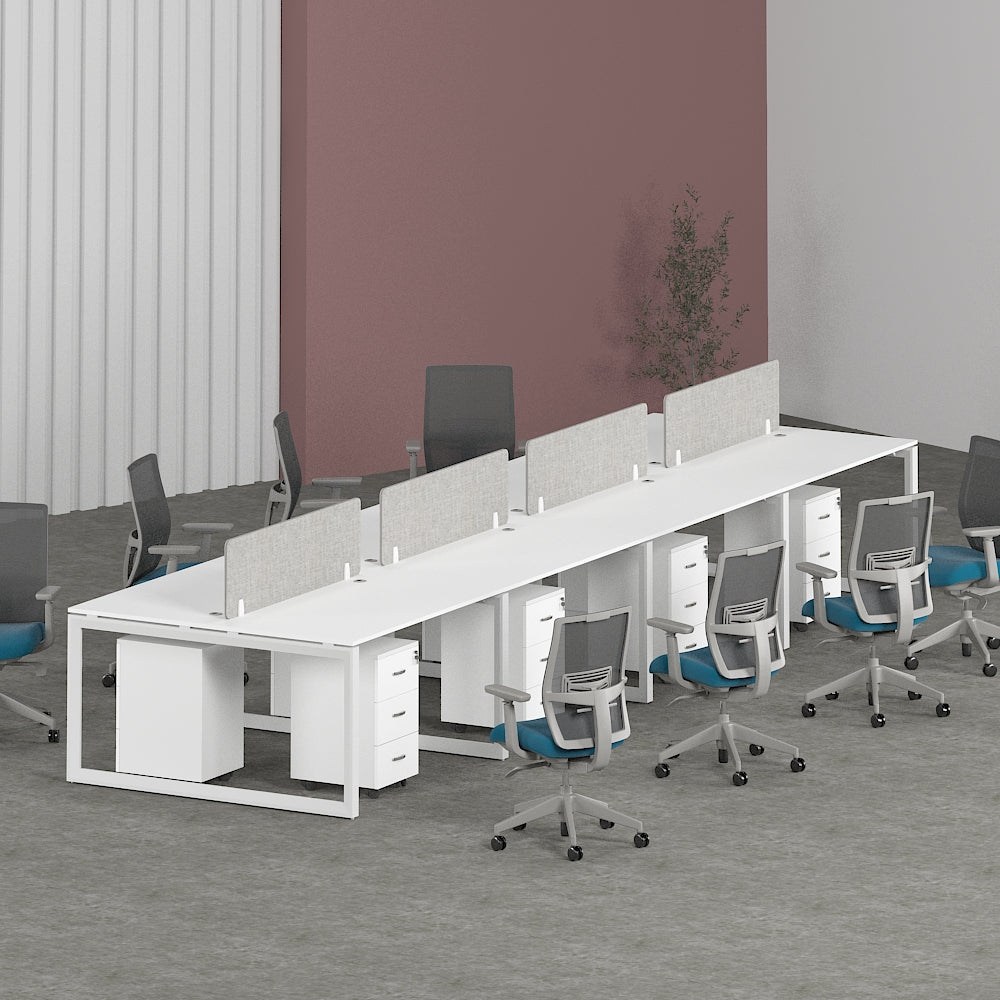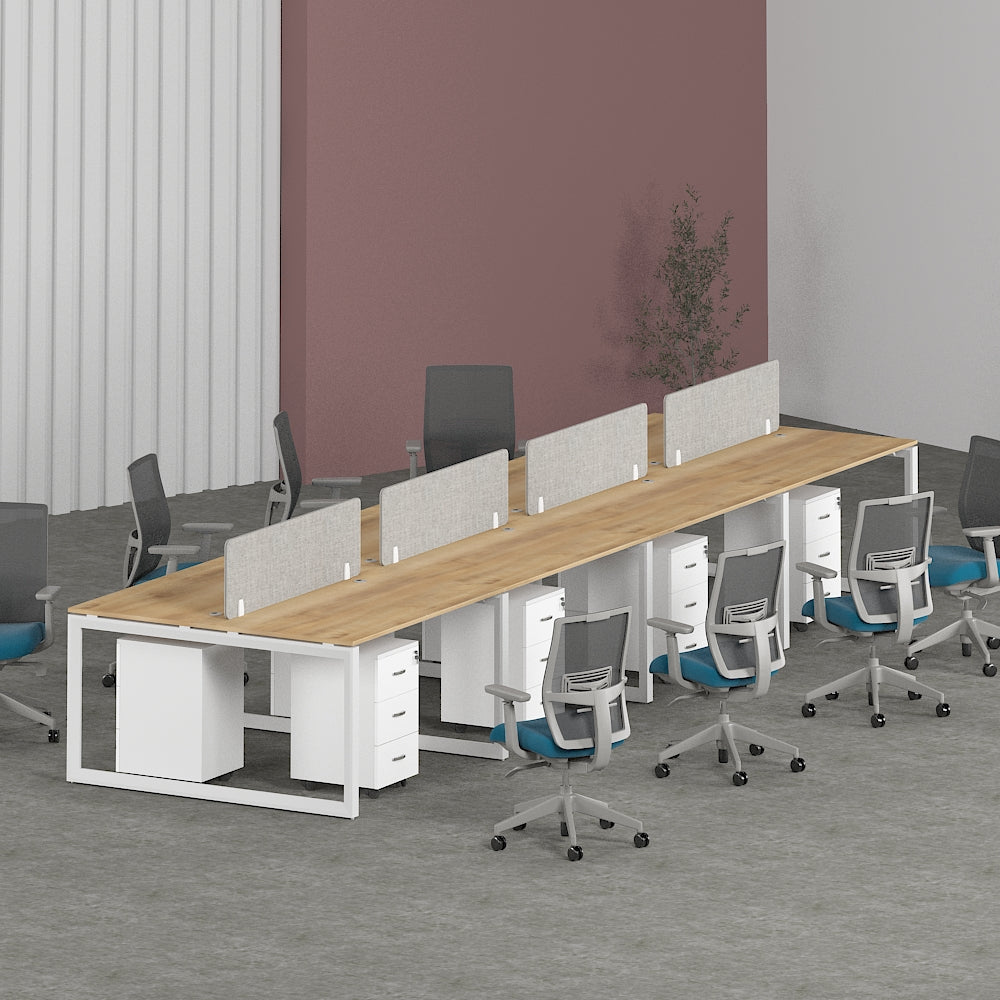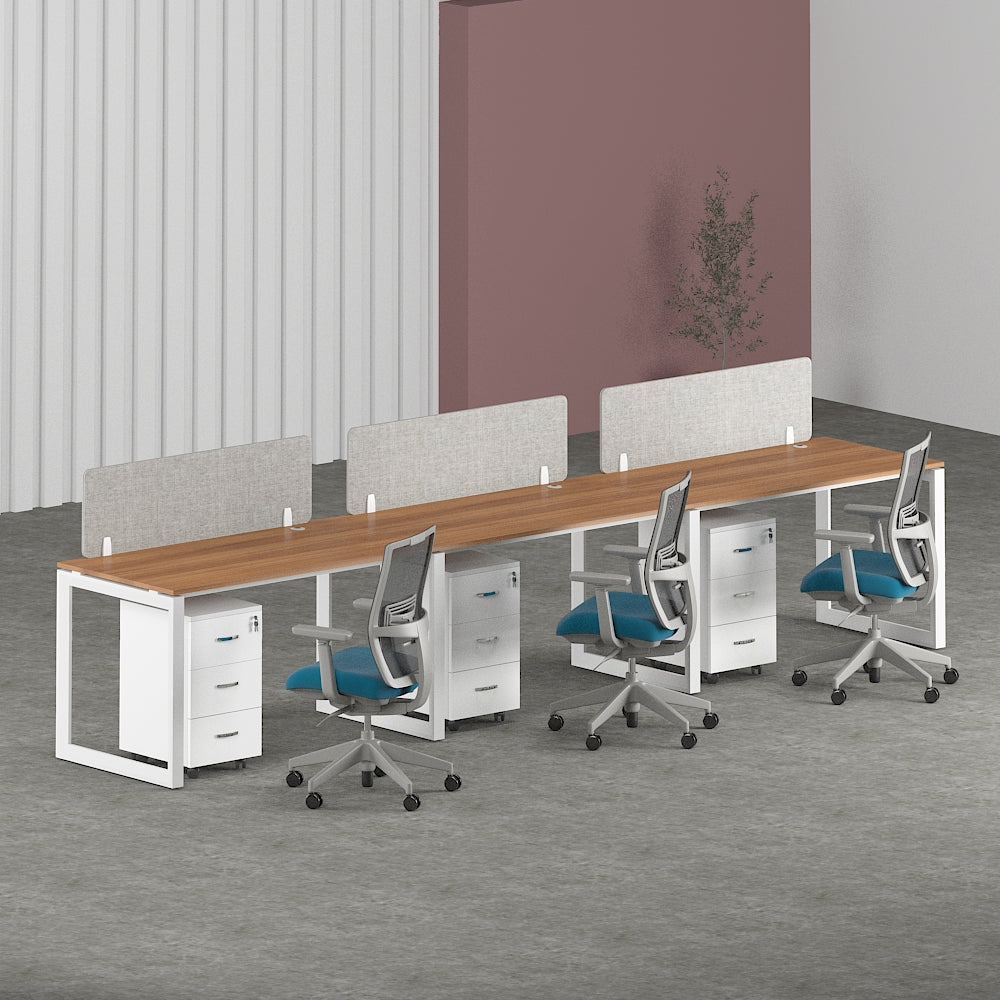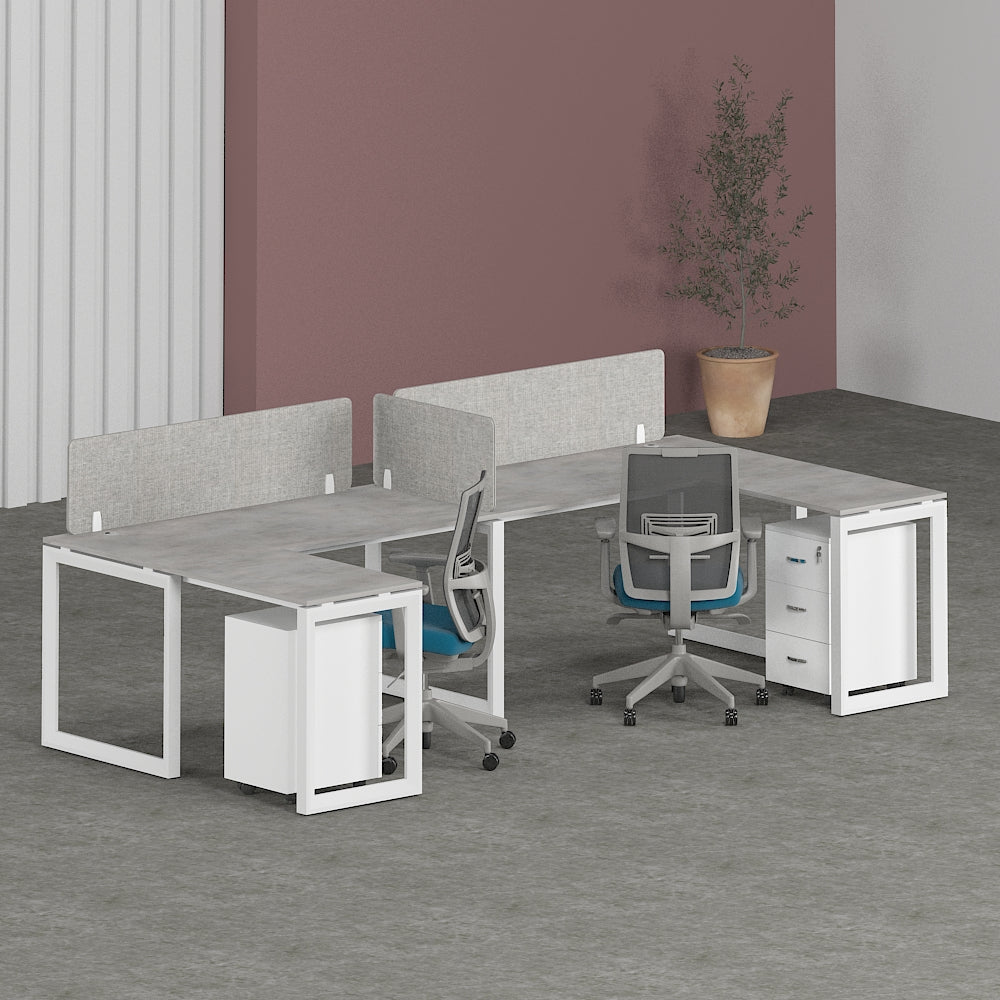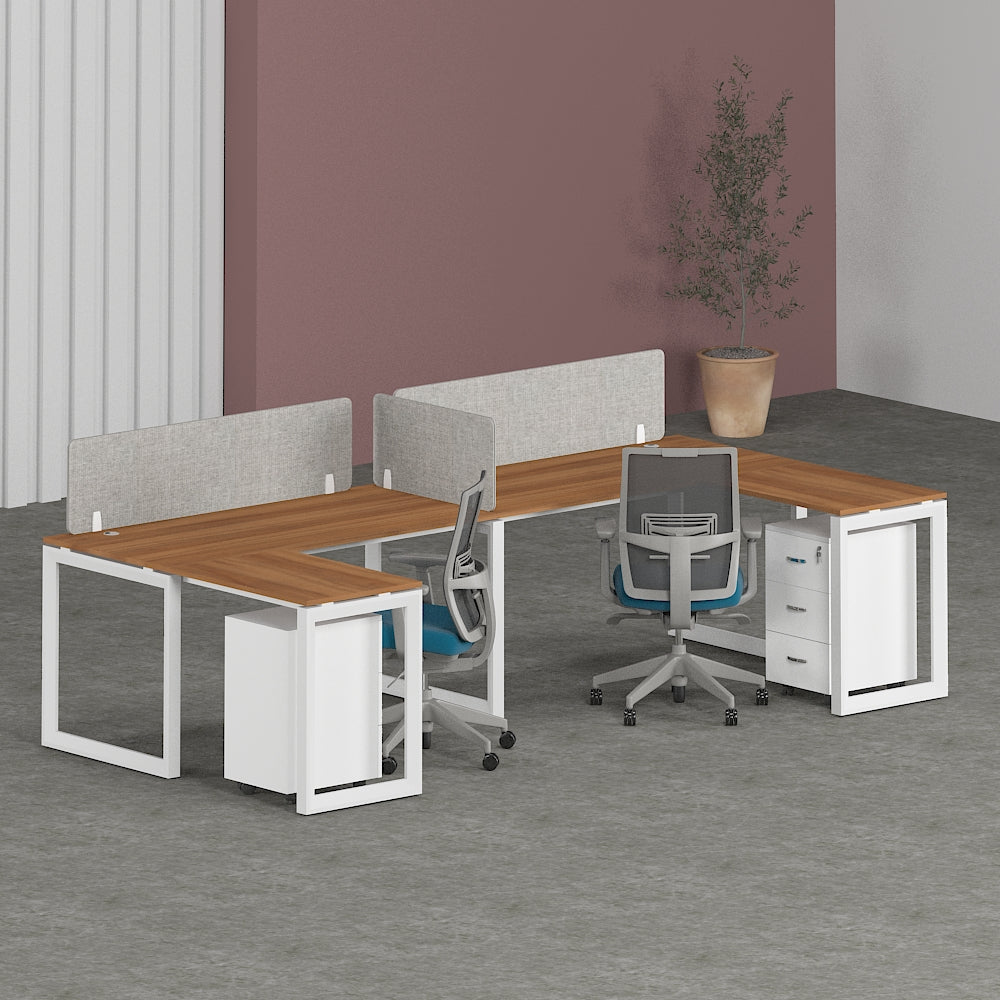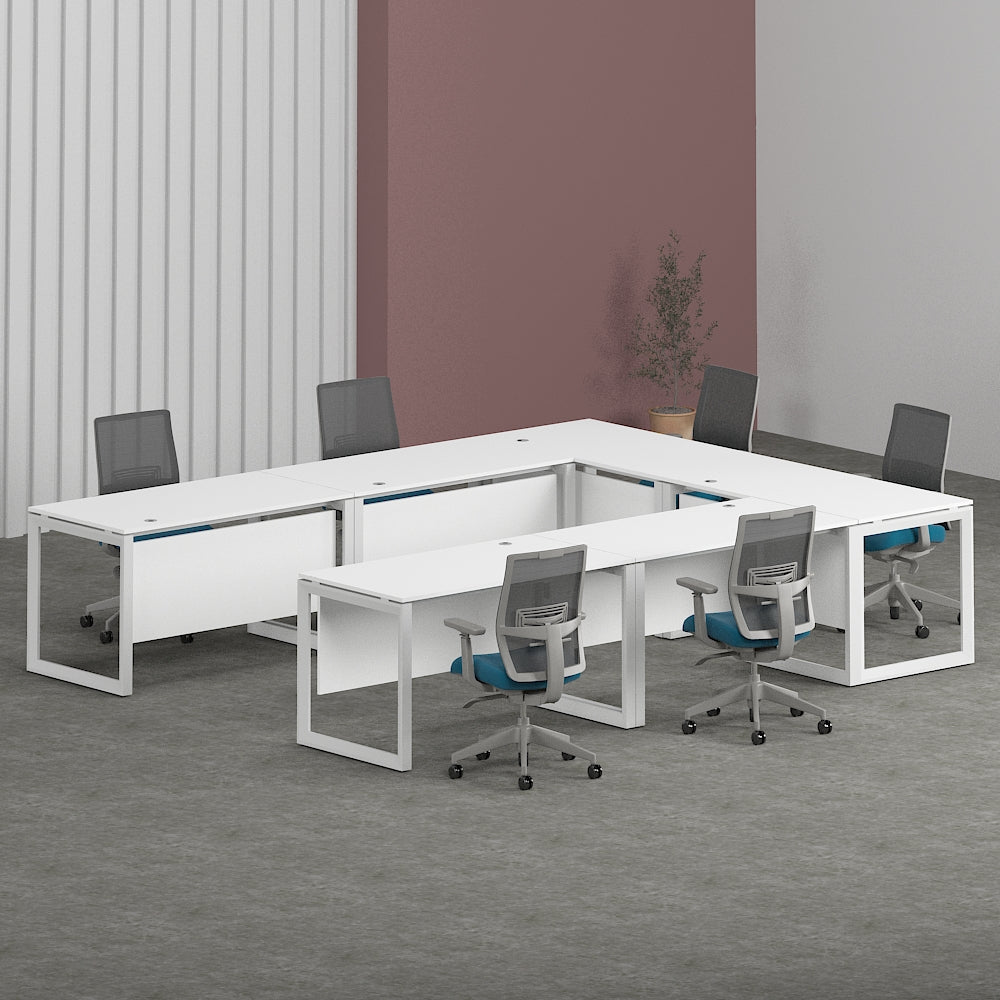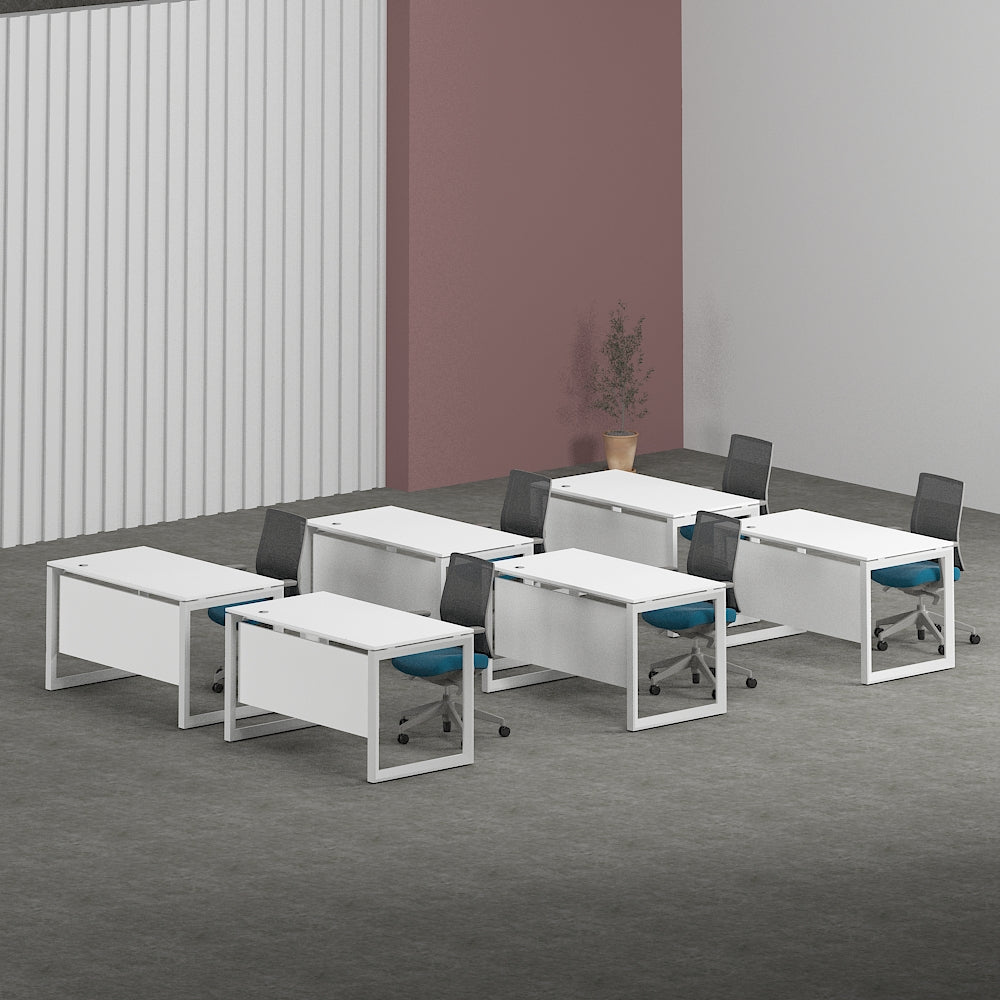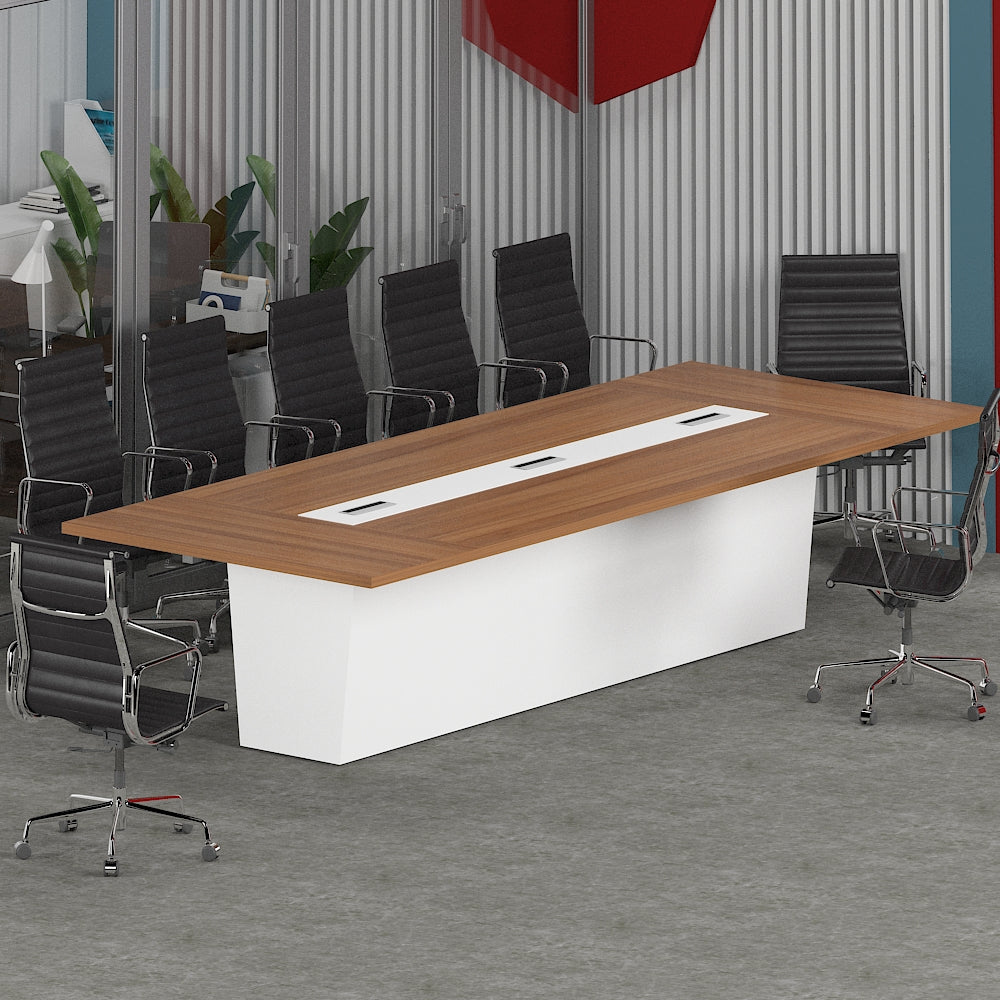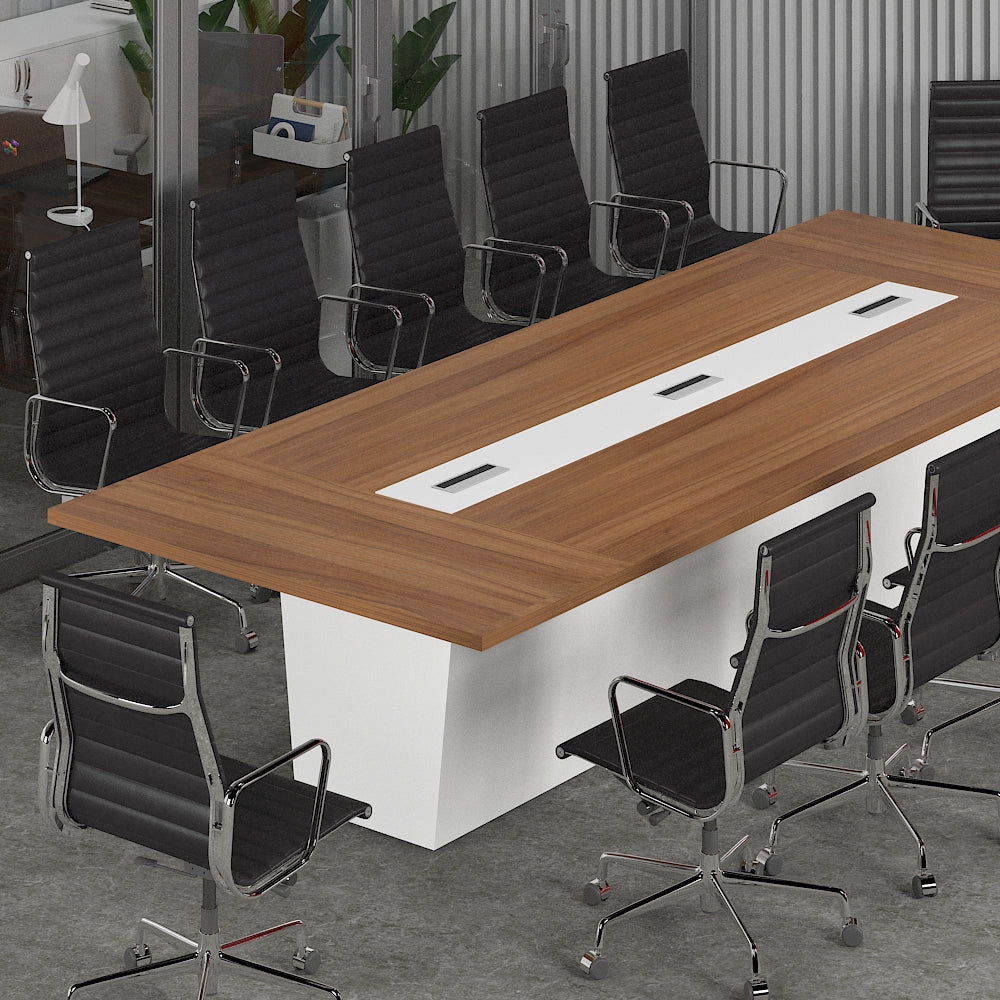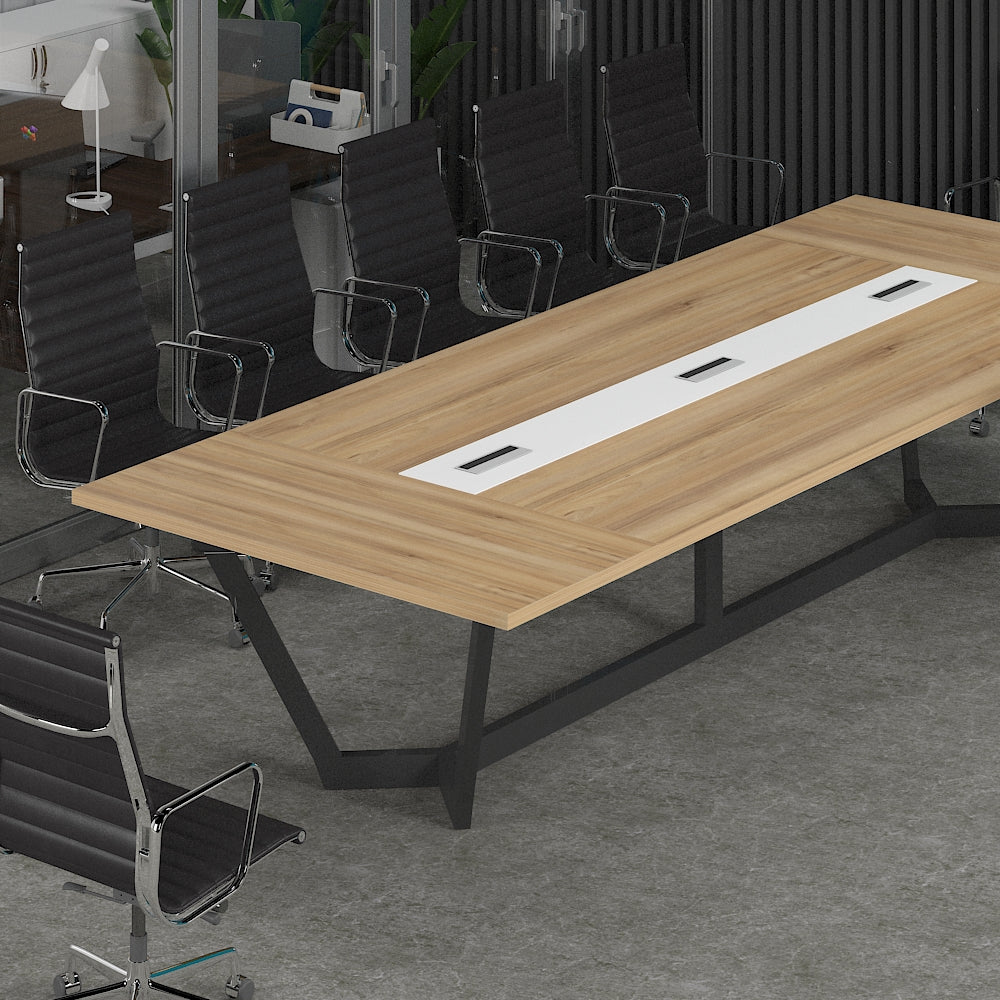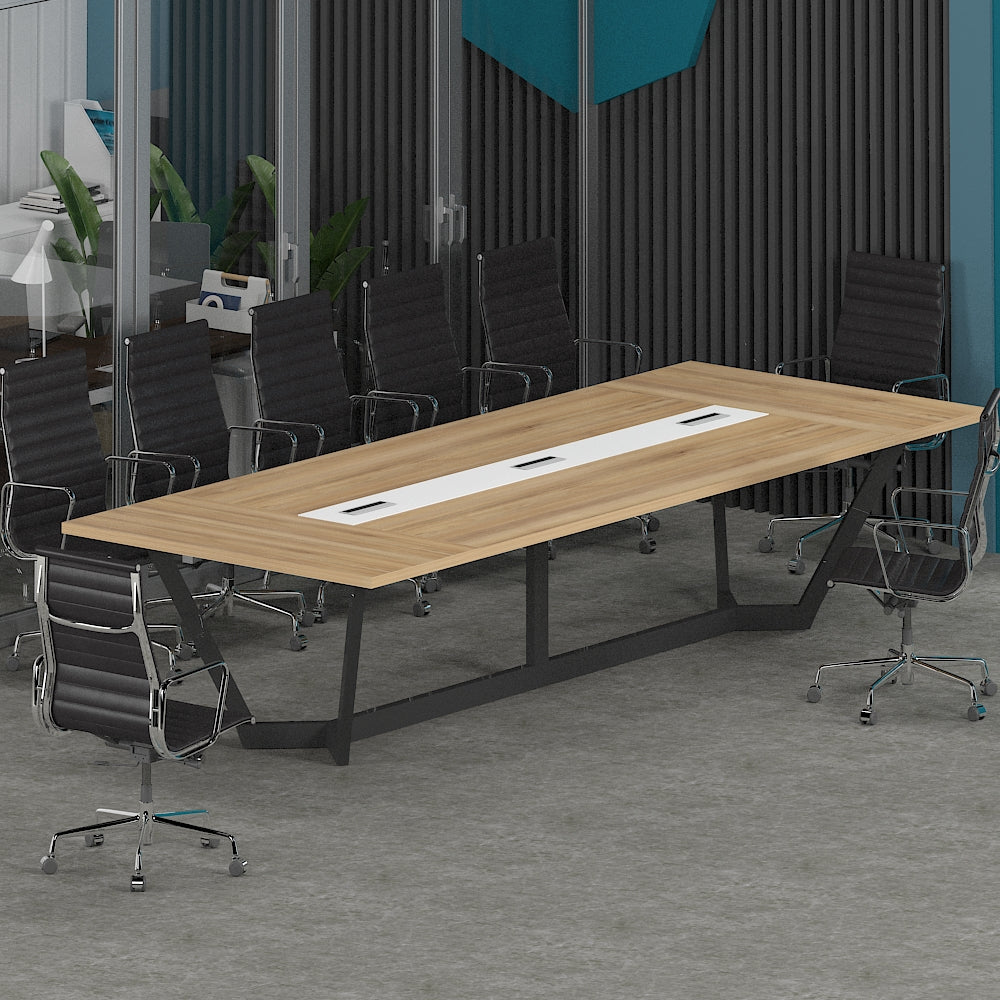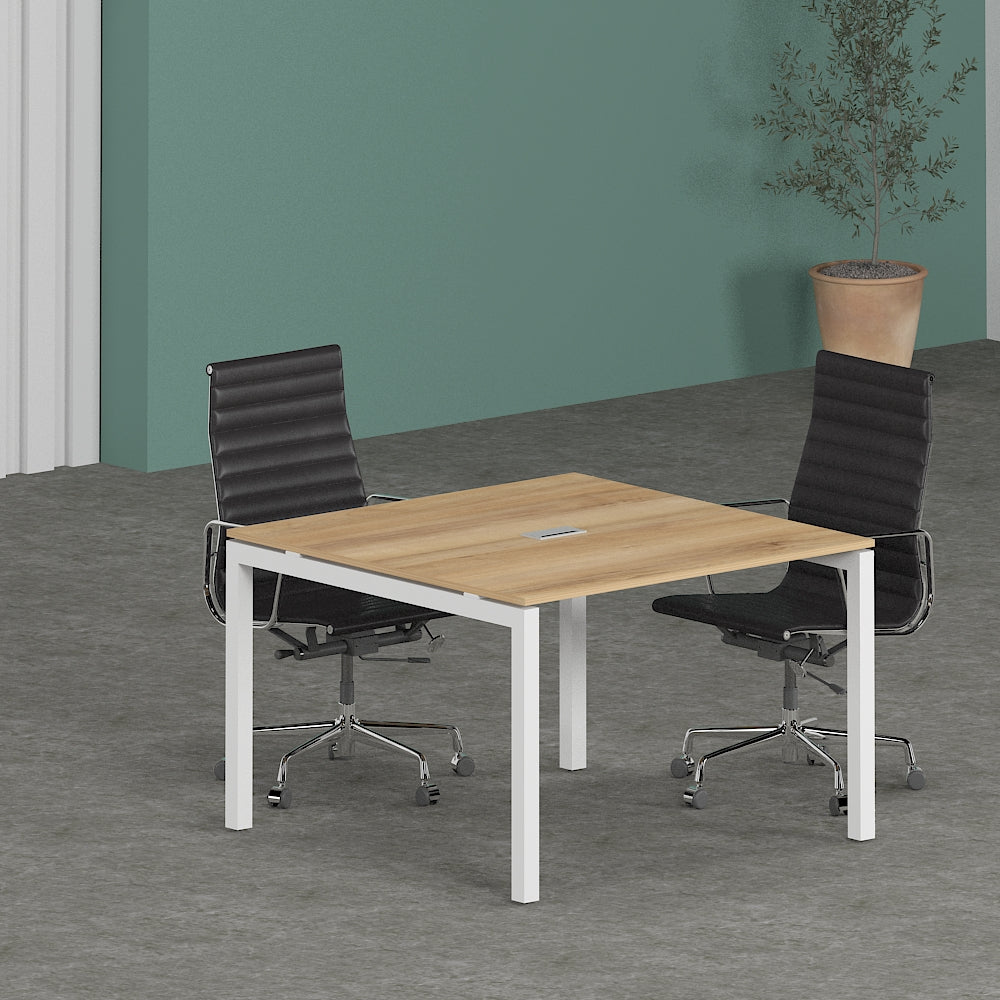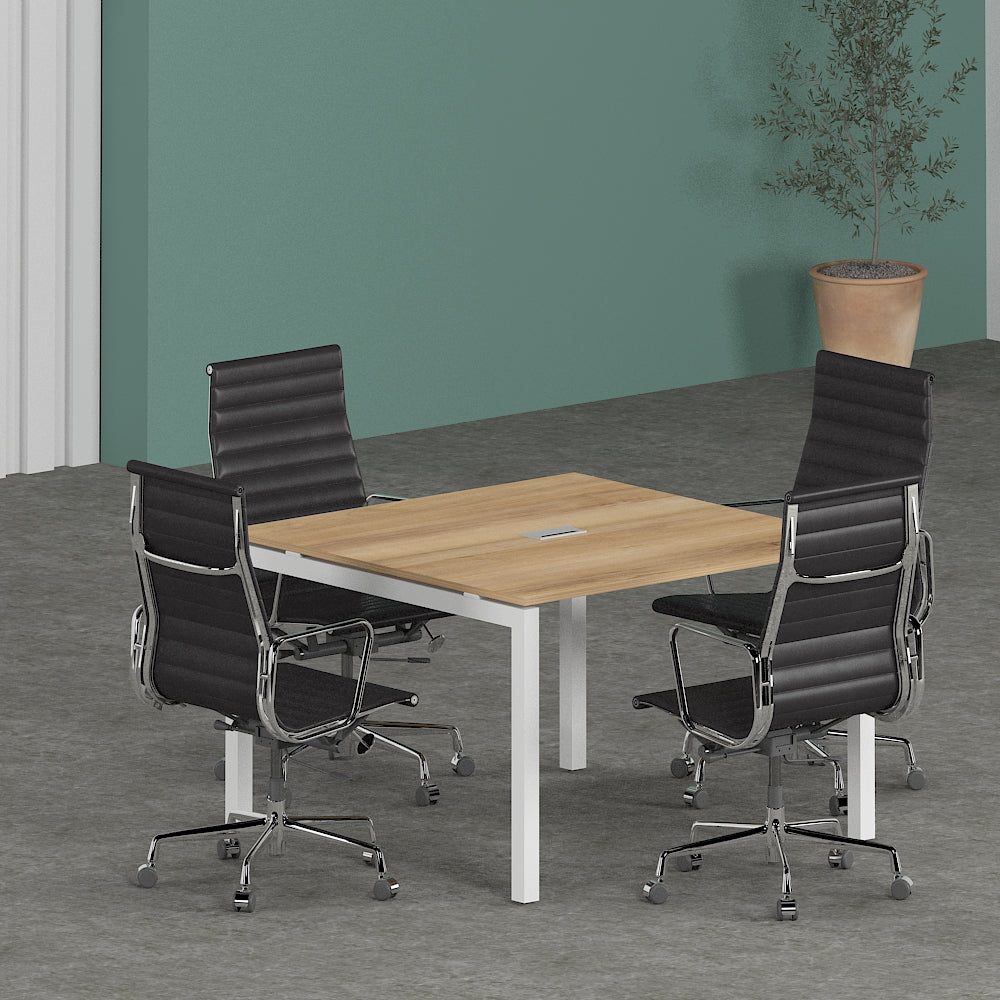Impact of COVID-19 on Purchasing Behavior of Office Furniture
The COVID-19 pandemic has dramatically altered the way we work, and consequently, it has reshaped the demand for office furniture. As companies swiftly transitioned to remote work setups, the dynamics of office furniture purchasing underwent a significant transformation. Understanding these shifts is crucial for both businesses and consumers alike. In this article, we delve into the various aspects of how COVID-19 has impacted the purchasing behavior of office furniture, examining trends, challenges, and opportunities in the industry.
Pre-COVID Office Furniture Trends
Before the onset of the pandemic, office furniture purchases were primarily driven by the needs of traditional office spaces. Companies focused on creating functional and aesthetically pleasing work environments to enhance productivity and employee satisfaction. Factors such as comfort, design, and brand reputation played key roles in decision-making processes.
Initial Impact of COVID-19
The sudden shift to remote work brought about by COVID-19 led to a drastic change in office furniture demand. With employees setting up home offices, there was a surge in the purchase of ergonomic chairs, adjustable desks, and other home office essentials. Companies were forced to rethink their furniture procurement strategies to support remote work arrangements effectively.
Adaptation Strategies by Office Furniture Retailers
In response to the evolving market conditions, office furniture retailers quickly pivoted their strategies to cater to remote workers. Many introduced new product lines specifically tailored to home office setups, emphasizing features like space-saving design and comfort. Online sales channels became increasingly important as consumers sought convenient ways to purchase furniture without visiting physical stores.
Office Furniture Sales During the Height of the Pandemic
During the peak of the pandemic, office furniture sales experienced a mixed trajectory. While traditional brick-and-mortar stores faced challenges due to lockdown restrictions, online retailers saw a surge in demand. Consumers turned to e-commerce platforms to fulfill their furniture needs, driving a significant increase in online sales.
Changing Preferences in Office Furniture Design
The shift to remote work highlighted the importance of ergonomic and multifunctional furniture designs. As employees spent long hours working from home, comfort and practicality became paramount considerations. Furniture manufacturers responded by introducing innovative solutions that catered to the specific needs of remote workers, such as adjustable standing desks and ergonomic chairs with lumbar support.
Recovery Phase: Office Furniture Demand Post-COVID
As vaccination efforts progressed and restrictions eased, companies began planning for a gradual return to office spaces. This transition gave rise to the concept of hybrid work models, where employees split their time between working remotely and in the office. As a result, there was a renewed demand for office furniture that supported flexible work arrangements, such as hot desks and collaborative workstations.
Challenges Faced by Office Furniture Suppliers
Despite the growing demand for office furniture, suppliers faced several challenges due to the lingering effects of the pandemic. Supply chain disruptions and manufacturing delays led to shortages of certain furniture components, impacting production schedules and inventory levels. Additionally, fluctuating material costs and pricing pressures added further complexity to the supply chain.
Consumer Behavior Shifts and Psychological Factors
The pandemic also influenced consumer behavior in subtle yet significant ways. Heightened concerns about health and safety prompted individuals to prioritize furniture with easy-to-clean surfaces and antibacterial properties. Moreover, the psychological impact of the pandemic, such as increased stress and anxiety, influenced purchasing decisions, with many opting for furniture that promoted comfort and well-being.
Sustainability and Eco-Friendly Office Furniture
In parallel with the shift towards remote work, there was a growing emphasis on sustainability and eco-friendliness in office furniture design. Consumers became more conscious of the environmental impact of their purchases, leading to an increased demand for furniture made from recycled materials and sustainable wood sources. COVID-19 served as a catalyst for sustainability initiatives within the furniture industry, driving innovation and awareness.
Technology Integration in Office Furniture
Another notable trend accelerated by the pandemic is the integration of technology into office furniture. Smart and connected furniture solutions emerged, offering features such as built-in charging ports, wireless connectivity, and IoT capabilities. These technological advancements aimed to enhance productivity and convenience for users, reflecting the growing importance of technology in modern workspaces.
Future Outlook: Office Furniture Industry Post-Pandemic
Looking ahead, the office furniture industry is poised for continued evolution in the post-pandemic era. While the demand for traditional office furniture may see a resurgence as companies return to physical workplaces, the trends towards remote work and hybrid models are likely to persist. This presents both challenges and opportunities for furniture manufacturers and retailers to innovate and adapt to changing market dynamics.
Case Studies and Success Stories
Several companies have successfully navigated the challenges posed by COVID-19 and emerged stronger. By embracing remote-friendly furniture designs, investing in e-commerce capabilities, and prioritizing customer needs, these companies have managed to thrive in the face of adversity. Their experiences serve as valuable lessons for the broader industry, showcasing the importance of agility and innovation in times of uncertainty.
Tips for Buying Office Furniture During and After the Pandemic
For consumers navigating the evolving landscape of office furniture purchases, here are some practical tips to consider:
-
Assess Your Needs: Take stock of your specific requirements based on your work environment, whether it's a home office or a traditional workspace. Consider factors such as available space, ergonomic needs, and budget constraints.
-
Prioritize Comfort and Functionality: Opt for furniture that prioritizes comfort and functionality to support your productivity and well-being. Look for ergonomic designs that offer adjustable features and adequate support for long hours of use.
-
Research Online Options: Explore online retailers and furniture brands that offer a wide range of options suited to your preferences. Take advantage of virtual showroom tours and interactive product demos to make informed decisions.
-
Read Reviews and Testimonials: Take the time to read reviews and testimonials from other buyers to gauge the quality and performance of the furniture you're considering. Pay attention to feedback regarding durability, comfort, and customer service.
-
Consider Long-Term Sustainability: Choose furniture made from sustainable materials and manufactured using environmentally friendly practices whenever possible. Look for certifications such as Forest Stewardship Council (FSC) certification for wood products or GREENGUARD certification for low-emission furniture.
-
Explore Flexible Payment Options: With budget considerations in mind, explore flexible payment options such as installment plans or financing to make larger purchases more manageable. Many retailers offer promotional discounts and financing deals, especially during sales events.
-
Measure Twice, Buy Once: Before making a purchase, double-check measurements to ensure that the furniture will fit comfortably in your space. Consider factors such as doorways, hallways, and staircases when planning delivery and installation.
-
Plan for Future Flexibility: Given the uncertainty surrounding future work arrangements, choose furniture that can adapt to changing needs. Look for modular designs that can be easily reconfigured or expanded as your workspace evolves.
-
Check Warranty and Return Policies: Review warranty coverage and return policies to understand your rights as a consumer. Ensure that you have recourse in case of defects or dissatisfaction with your purchase.
-
Support Local and Small Businesses: Consider supporting local and small-scale furniture makers and retailers, who may offer unique designs and personalized service. By investing in local businesses, you contribute to the resilience and diversity of your community.
In conclusion, the impact of COVID-19 on the purchasing behavior of office furniture has been profound, reshaping the way we work and interact with our physical environments. From the rapid adoption of remote work to the prioritization of comfort and sustainability, the pandemic has accelerated existing trends and spurred innovation in the office furniture industry. As we navigate the post-pandemic landscape, it's essential for businesses and consumers alike to adapt to these changes and embrace flexible solutions that meet the evolving needs of the modern workplace.
FAQs (Frequently Asked Questions)
1. How has COVID-19 affected the pricing of office furniture?
- COVID-19 has led to fluctuations in material costs and supply chain disruptions, impacting the pricing of office furniture. Some retailers may have adjusted their prices in response to these challenges.
2. Are there any specific features to look for in office furniture for remote work setups?
- When selecting office furniture for remote work, prioritize ergonomic designs, adjustable features, and comfort-enhancing elements such as lumbar support and padded armrests.
3. What are some sustainable alternatives to traditional office furniture materials?
- Sustainable alternatives to traditional office furniture materials include recycled wood, bamboo, and reclaimed materials. Look for furniture with certifications such as FSC or GREENGUARD to ensure environmentally friendly sourcing and production.
4. How can businesses adapt their office furniture procurement strategies in light of COVID-19?
- Businesses can adapt their office furniture procurement strategies by investing in flexible furniture solutions that support remote work and hybrid work models. They can also explore online purchasing options and prioritize suppliers with reliable delivery capabilities.
5. What role does office furniture play in employee productivity and well-being?
- Office furniture plays a crucial role in employee productivity and well-being by providing ergonomic support, creating comfortable work environments, and promoting collaboration and creativity. Investing in high-quality, ergonomic furniture can contribute to a positive work experience and improve overall performance.

















